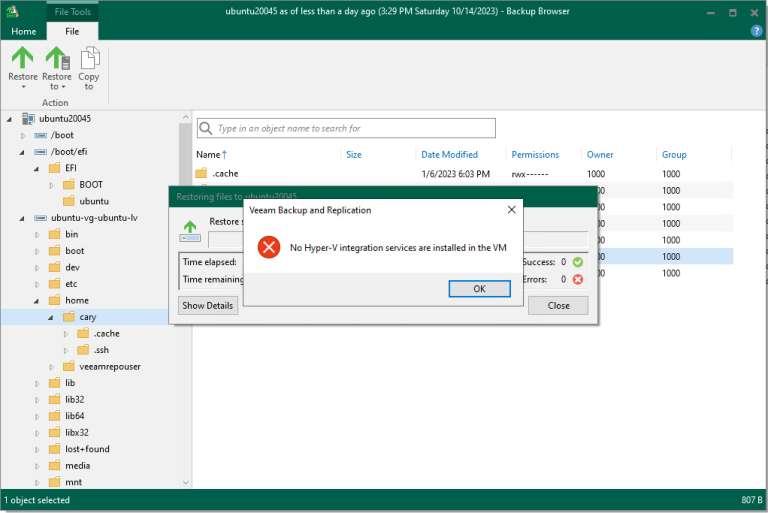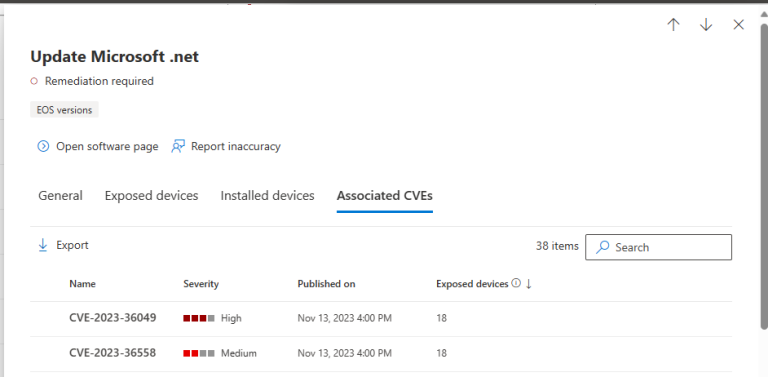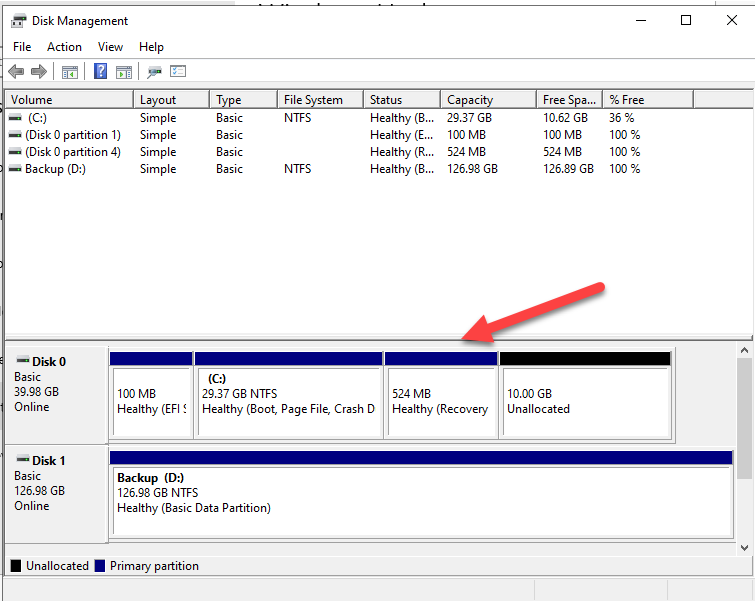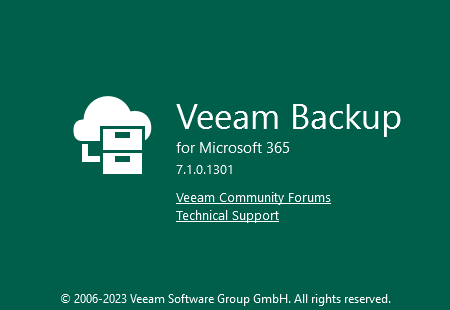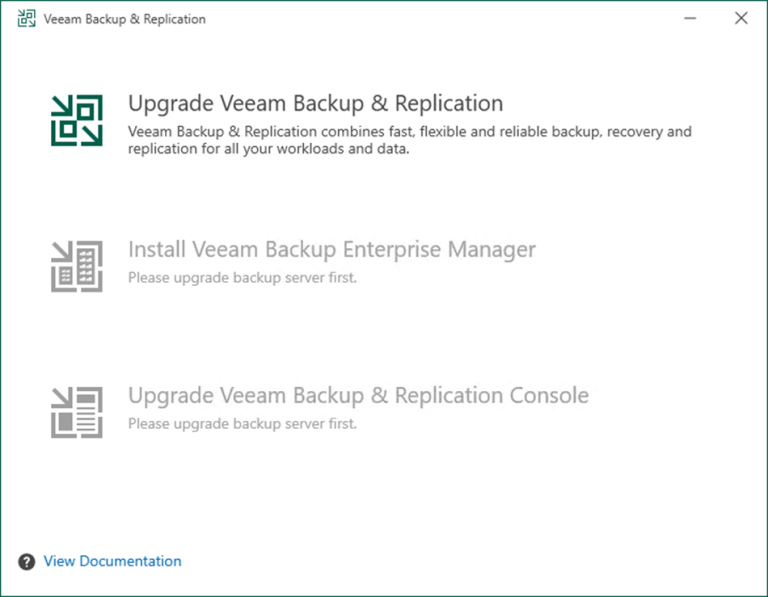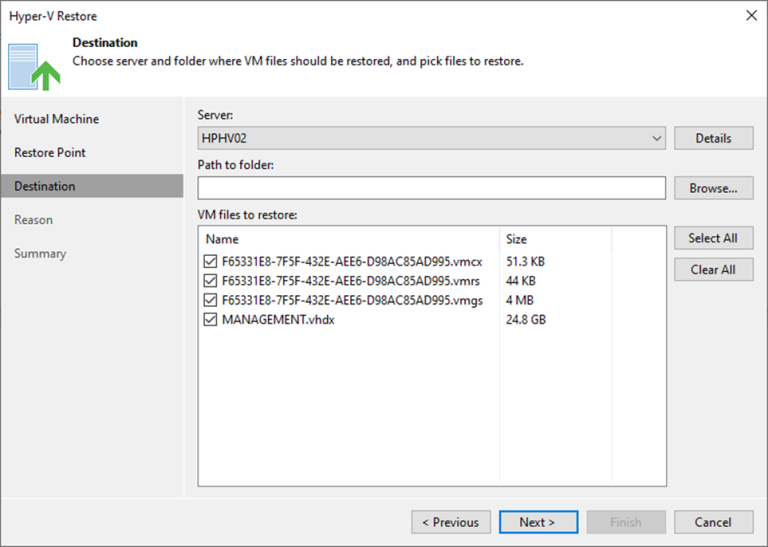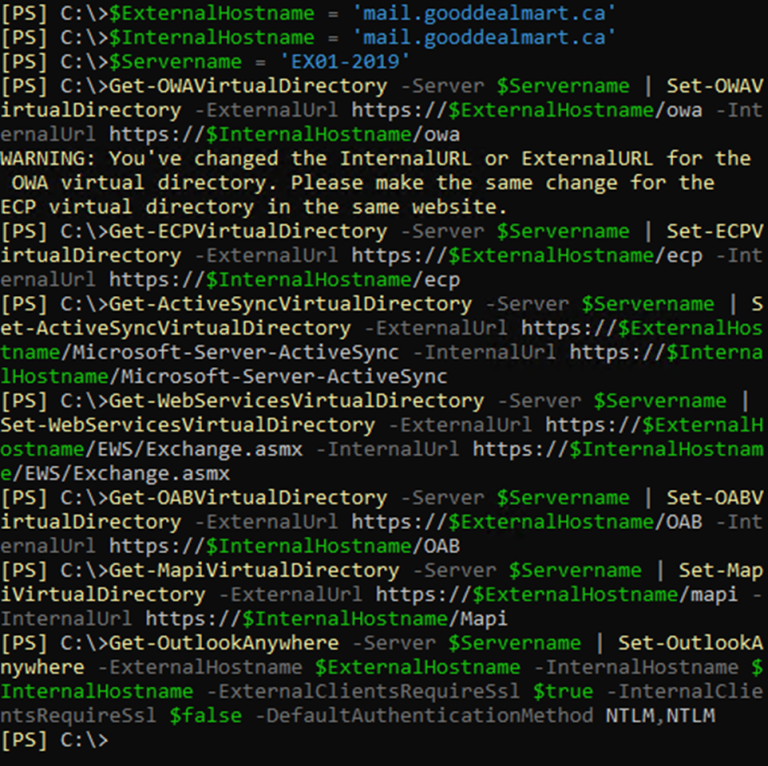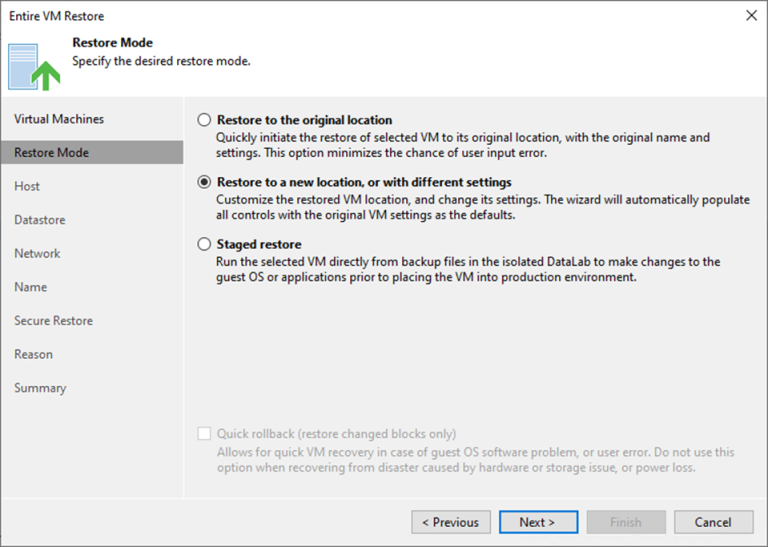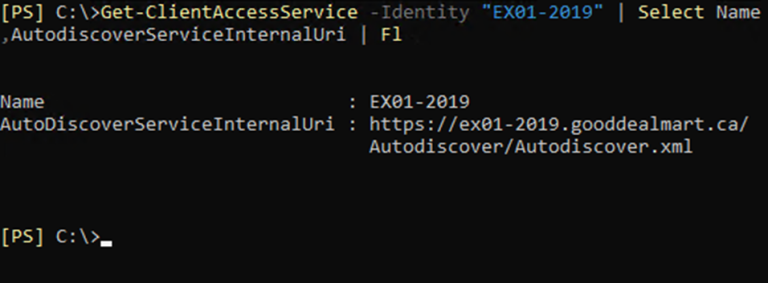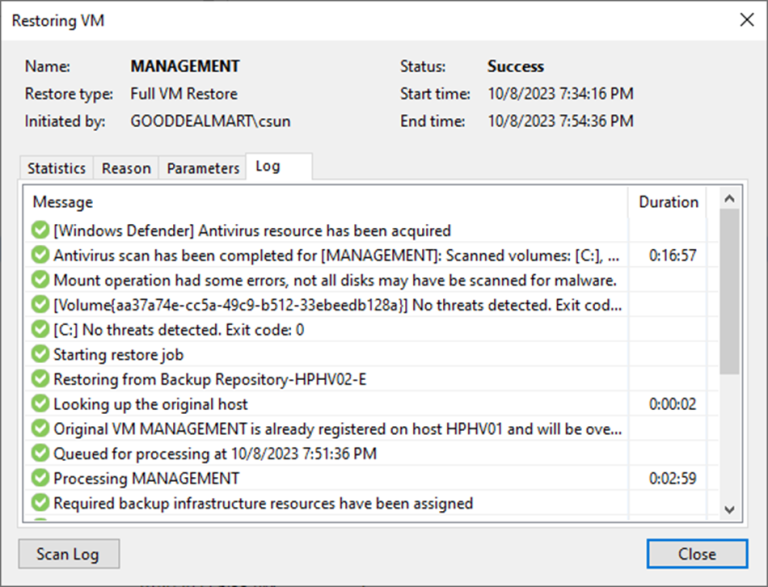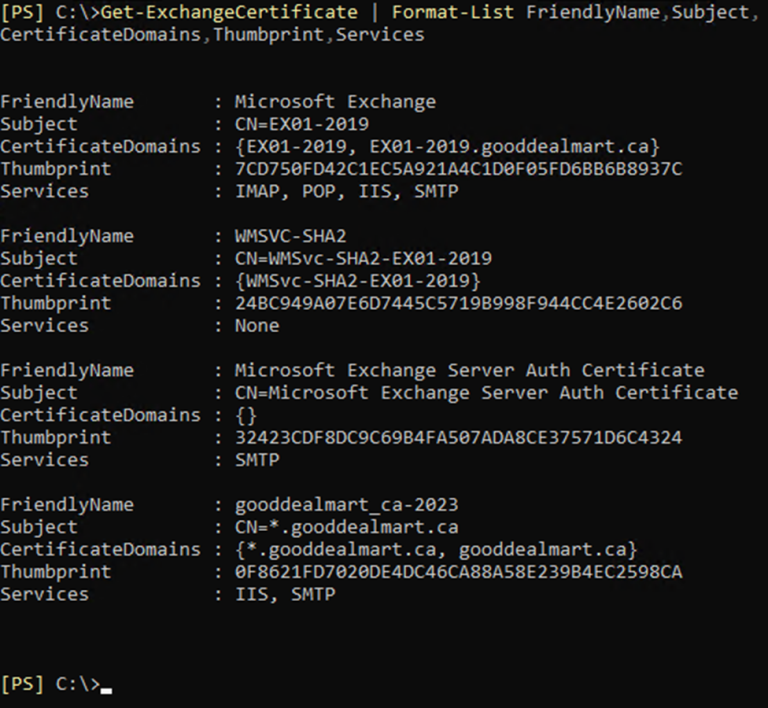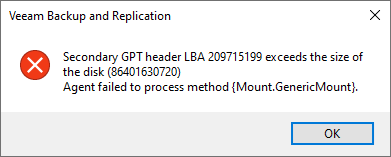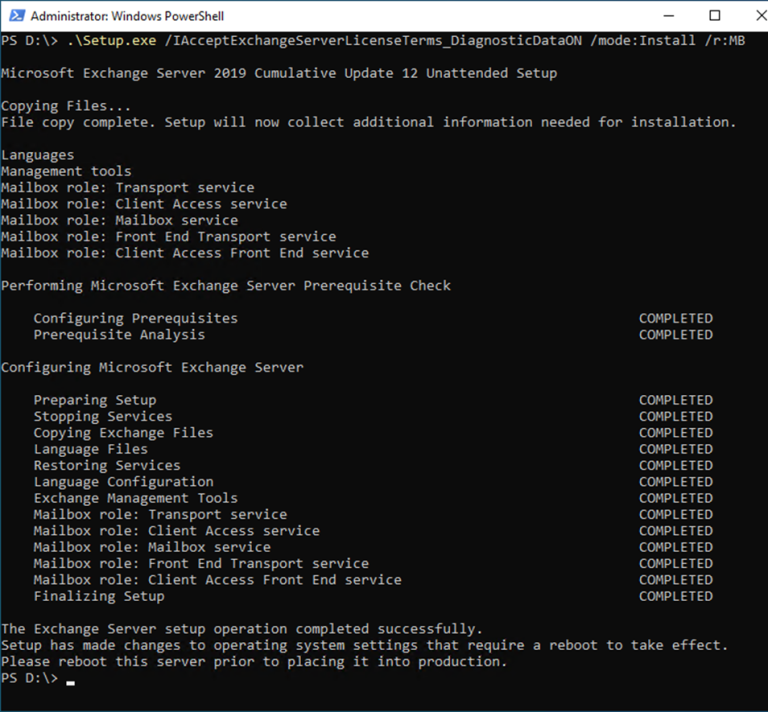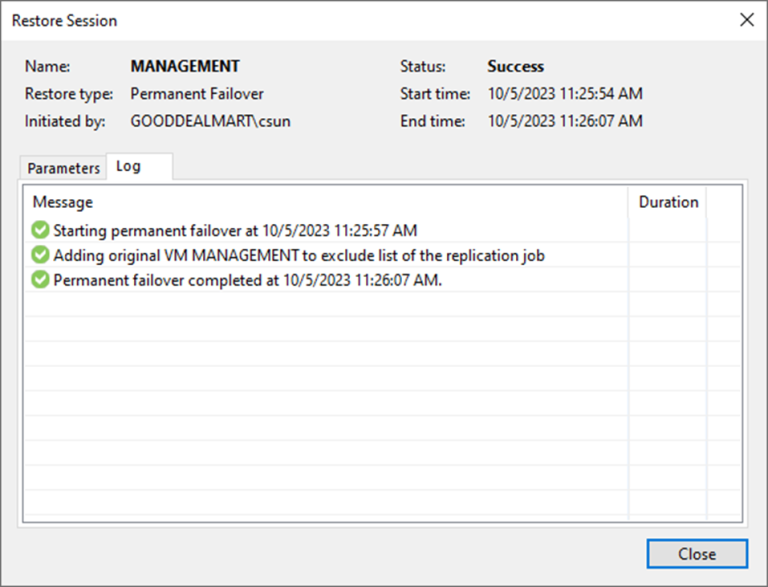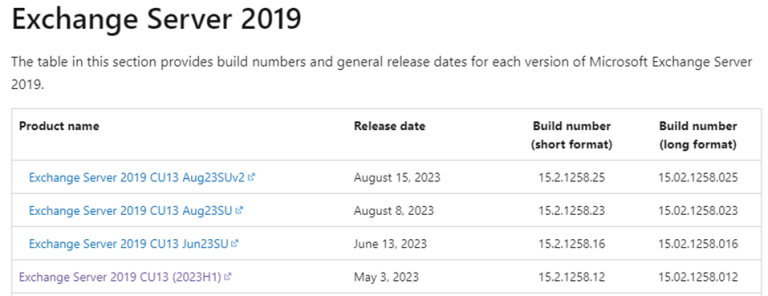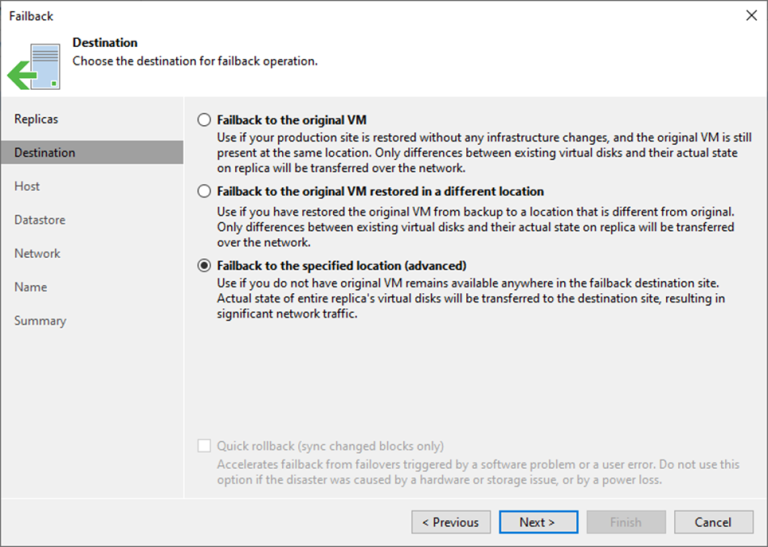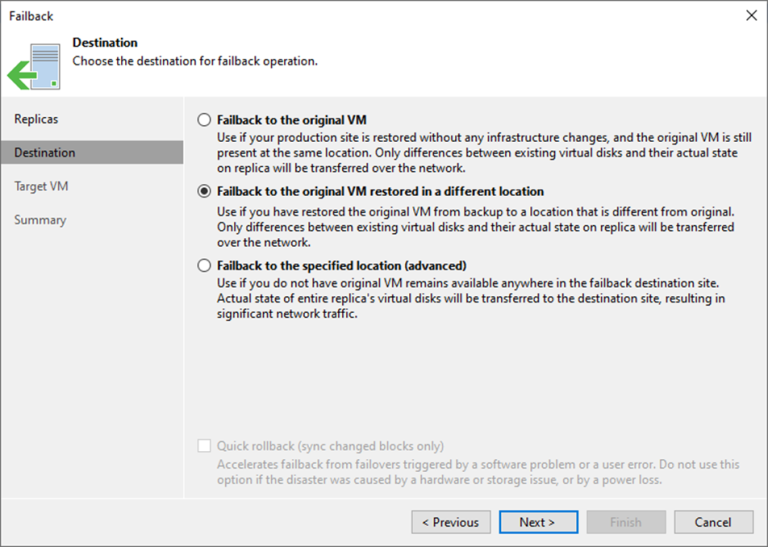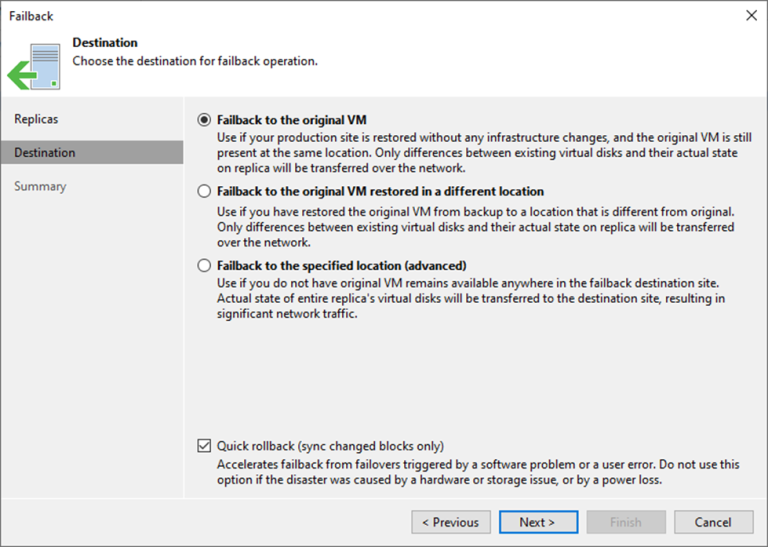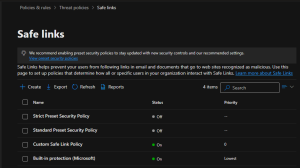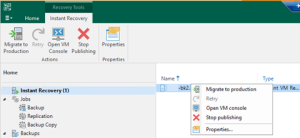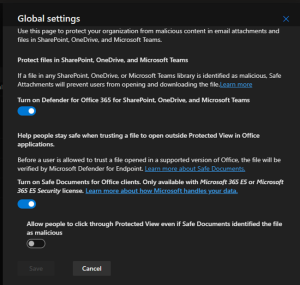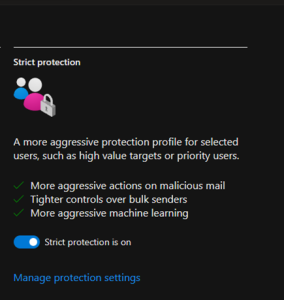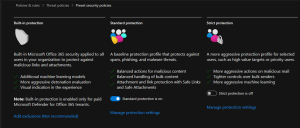Today, I will show you how to install Hyper-V integration services in the Ubuntu...
Microsoft
Veeam Backup for Microsoft 365 has an error in one of the mailboxes. The...
Today, I noticed two fresh vulnerabilities on the VBR12.1 Manager and console servers. Certain...
When you try to extend the C drive from the Disk Manager tool but...
Veeam released version of Veeam Backup for Microsoft 7a on December 5, 2023. The...
Veeam Backup & Replication 12.1 is the newer build of version 12, and the...
Testing the client access namespaces after configuring them ensures clients can connect to the...
You can restore VM files (XML, VMCX, VMRS, VMGS, VHD, VHDX) if they become...
Configuring the client access namespaces ensures clients can connect to Exchange Server 2019 using...
Existing jobs do not need to be updated that process the original/recovered VMs if...
The Autodiscover service connection point (SCP) provides information to domain-joined Outlook clients on connecting...
If the original VM fails, you can use Veeam Backup & Replication to restore...
We can reuse the existing SSL certificate for the new Exchange 2019 server.
VBR v12 guest file restore---happen error message is as below:
Secondary GPT header LBA 209715199...
The Exchange Server 2019 Mailbox role server manages mailbox databases, which store user mailboxes...
Permanent failover is one method of completing failover. Permanent failover means permanently switching from...
Preparing Active Directory for Exchange Server 2019 involves several important steps to ensure your...
How to failback to the specified location of the Production Site at Veeam Backup and Replication v12
For the Failback to the specified location, Veeam Backup & Replication must transfer the...
Because Veeam Backup & Replication only needs to transfer differences between the original/recovered VM...
Failback is returning operations to the primary site after a disaster recovery event. It...
